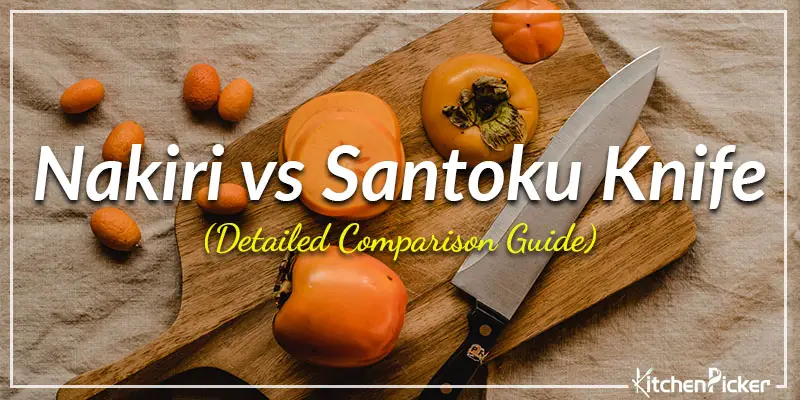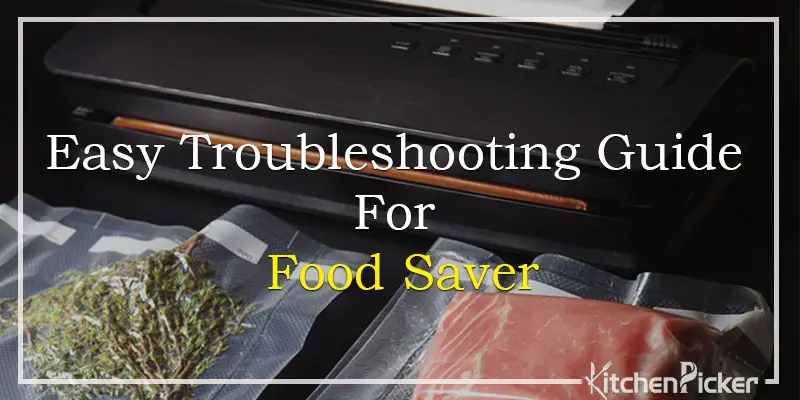Can openers are incredibly handy and no matter how many tools you have lying around your kitchen, you will need to use a can opener at some point.
The most common household openers are manual can openers. They are smaller than electric can openers, making them easier to use and store. Manual can openers primarily come in two types.
One type is used to cut a can’s lid from the inside, and the other type is used to unseal the outer edge of a can. Despite being so useful, manual can openers are often flimsy. Mostly because they are made of cheap materials.
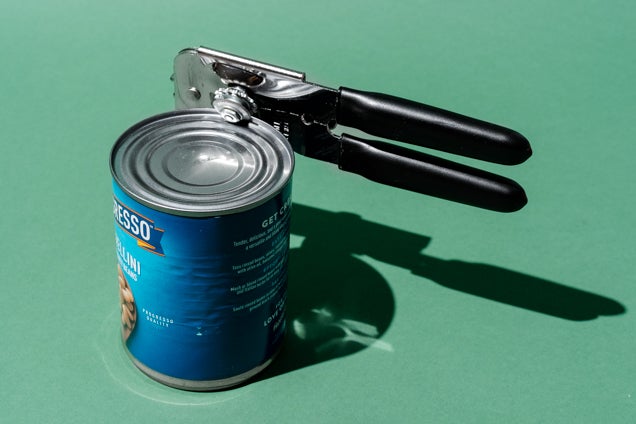
When Does The Can Opener Not Work?
There can be plenty of reasons as to why and when your can opener is not working properly.
Most of the time it is the fault of the flimsy materials used to make the can opener. The material can be cheap, making it easy to break down. The cheap one will not even last three months.
Another problem can be the roller cog. Sometimes the cog gets stuck, and hence the blade stops working.
Your opener may stop working because of the bane of all tools, which is rust. If the opener becomes rusty, then it can even bend down.
And the last reason for your can opener not working properly may just be the fact that you are not using it correctly. Can openers are relatively easy to use but if you do not set the blade on the lid of the can properly, then it may get damaged after some use.
4 Ways To Open A Can Without A Can Opener
Opening a can without an opener can be a bit troublesome but not impossible. There are plenty of other ways to open a can without your precious opener. Here are the 4 most effective ways you can do it-
1. Rough Surface
If you do not have any tools around you, then you can simply use a rock or concrete to open small cans.
A rough surface such as abrasive concrete can act as a board filled with nails. Place the bottom of the can on the rough surface and start rubbing it back and forth in a scrubbing motion.
Keep pressure on the can and continue to rub it on the surface. The lid of the can should slowly start abrading. Check to see if any moisture inside the can starts leaking. If it does, then stop immediately, otherwise, you might just rub through the lid.
2. Knife
If you are planning to have canned food outdoors, then you definitely should know how to open a can with knives. Knives are also common household items. So it makes a perfect can opener substitute.
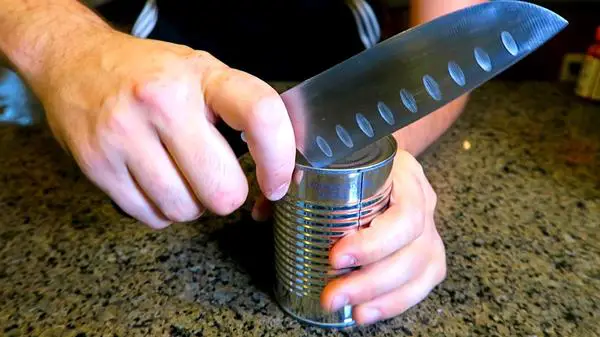
Use a chef’s knife that has a sharp point in the corner. The easiest and safest way would be to shove the bottom corner of the knife to puncture the lid of the can. Tilt the knife outwards and rotate the can.
If the knife gets stuck, then pull it out and puncture again. Completely rotate the can to easily cut off the lid.
3. Spoon
If you are not careful enough, then using knives can be risky. There is a chance the blade might sleep cause injury. In that case, stainless steel spoons can be a good option.
Find a stable surface and place your can on top of it. Hold the can in place with one hand and use the other to grab a spoon.
Firmly grab the front end of the spoon and place it on top of the lid. Use force and rub the edge of the spoon back and forth to create a groove on the lid. Sometimes you may even need to use some forceful jabs. After a couple of tries, you should be able to puncture the lid.
Then use the edge of the spoon and rotate it around the lid, just like what you would do with a knife to cut the entire lid and take it apart.
4. Sharp Strong Tools
To be frank, you can use just about any sharp tool for opening can without can opener. A few of these tools that are handy for this are-
- Fork
- A pair of scissors
- Bicycle tool
- Pliers
- An axe
- A tomahawk
How To Maintain A Can Opener For A Longer Lifespan?
If the opener is cheap and flimsy, then no matter how much you take care of it, it will not last longer than 3 months.
However, if you bought one of those restaurant or industrial grade openers then first, you need to learn how to correctly use a can opener, and next, you need to take care of it. Doing so will make sure it lasts for years.
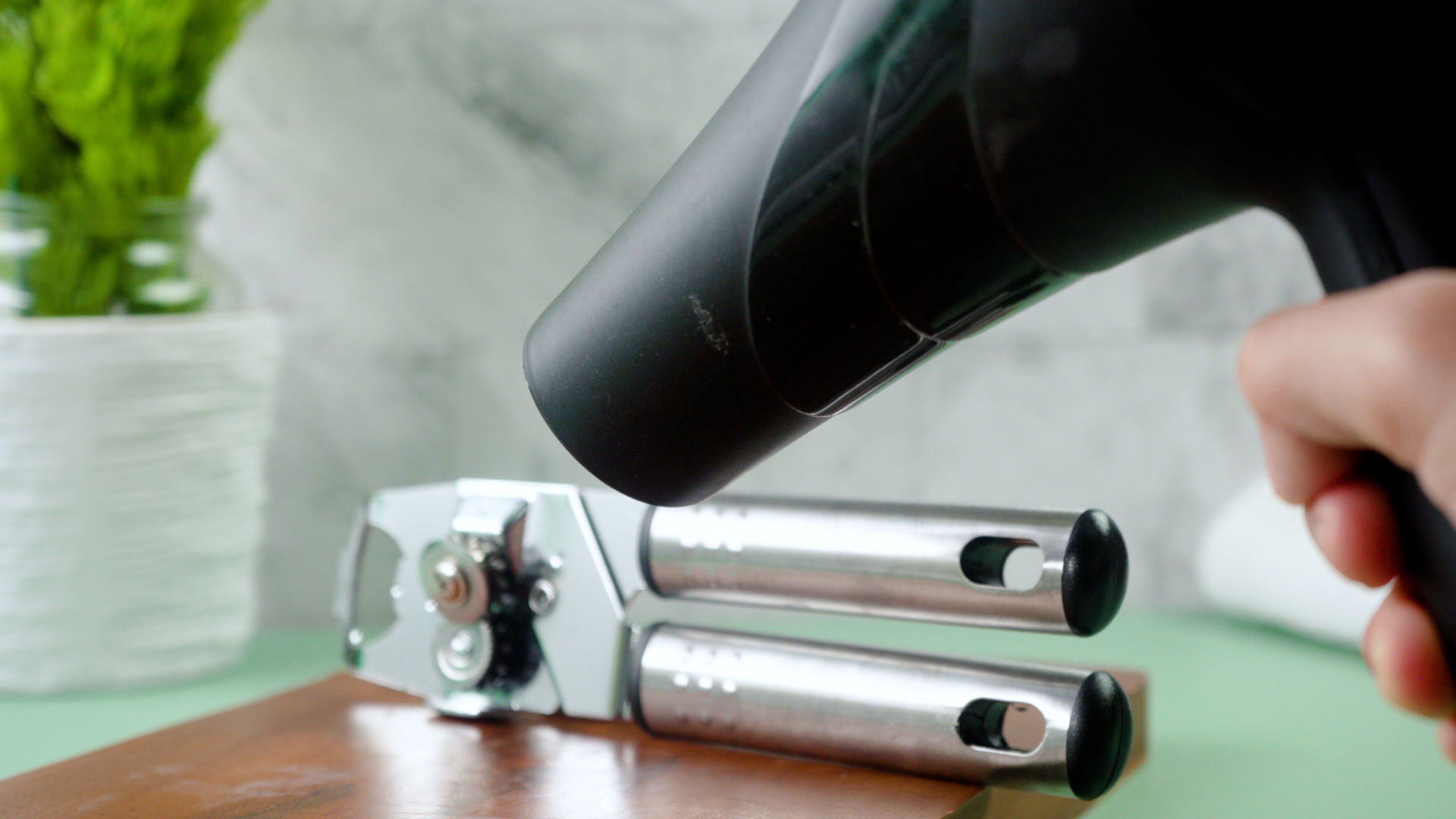
Here are some things you can use to take care of your can opener-
1. WD-40
The trusty WD-40 is a lubricant that will make sure your can opener stays in peak condition for a very long time.
It offers a complete solution since it has rust and corrosion preventive features. Aside from rust, the WD-40 will make sure the can opener is free from dirt, gunk and stay lubricated.
Apply the WD-40 onto the can opener and leave it for a few minutes so it can completely seep in. After a while, use a piece of cloth to scrub and clean the can opener. For hard-to-reach spots, use a toothbrush. Do this once a while and your can opener should stay squeaky clean for a long time.
2. Wax Paper
The wax paper is another good way to lubricate your can opener. After opening a dozen cans it is likely that chunks of food and gunk can clog up the insides of your can opener.
Using a wax paper allows you to lubricate the can opener and clean all the necessary parts. To get to the hard-to-reach spots just fold the wax paper a few times until you can wedge it between the blades and clogs to thoroughly clean it.
3. Olive Oil
Using olive oil as a lubricant should be your last resort. Some people even dip the can opener in a bottle of oil. This is a complete waste of oil and oil can also get rancid.
Instead, add a few drops of oil and then use a dry piece of cloth to wipe off the oil and clean the opener. Using olive oil makes the can opener rust-resistant. Just do not use too much oil or rancid oil and your can opener will stay in good condition.
FAQ
1. How often should you clean a can opener?
You should wash your can opener after every use. Use warm water to wash it and a piece of cloth or paper towel to dry it. Occasionally use WD-40 or oil to lubricate your can opener.
2. What is the best can opener for seniors?
The best can opener for seniors is the OXO Good grips because it has non-slip comfortable handles, a soft grip knob, and a stainless steel cutting wheel to easily cut open cans
3. Can left-handed people use can openers?
There are plenty of left-handed can openers available in the market. It is exactly the same but the design is suitable for left-handed people.
4. Can I recycle a can opener?
If the opener is mostly made of metal then you can recycle it. So do not directly throw it at the bin.
5. Is a rusty can opener dangerous?
It may not be very dangerous but it still is bad and unhygienic to use a rusty can opener to open cans. After all the rusty side may even come in contact with the canned food. So, if your can opener is rusty, change it immediately.
Conclusion
Can openers are easy-to-use tools and come at affordable prices. However, do not buy the cheap ones since they will break down and stop working only after a few uses. Get a high-quality one and it should easily last up to a few years.
To make sure it lasts that long, follow the maintenance tips we talked about above. We hope after reading this article, you will be able to open your cans even without a can opener in a jiffy!

